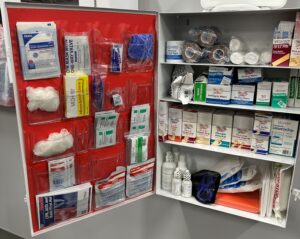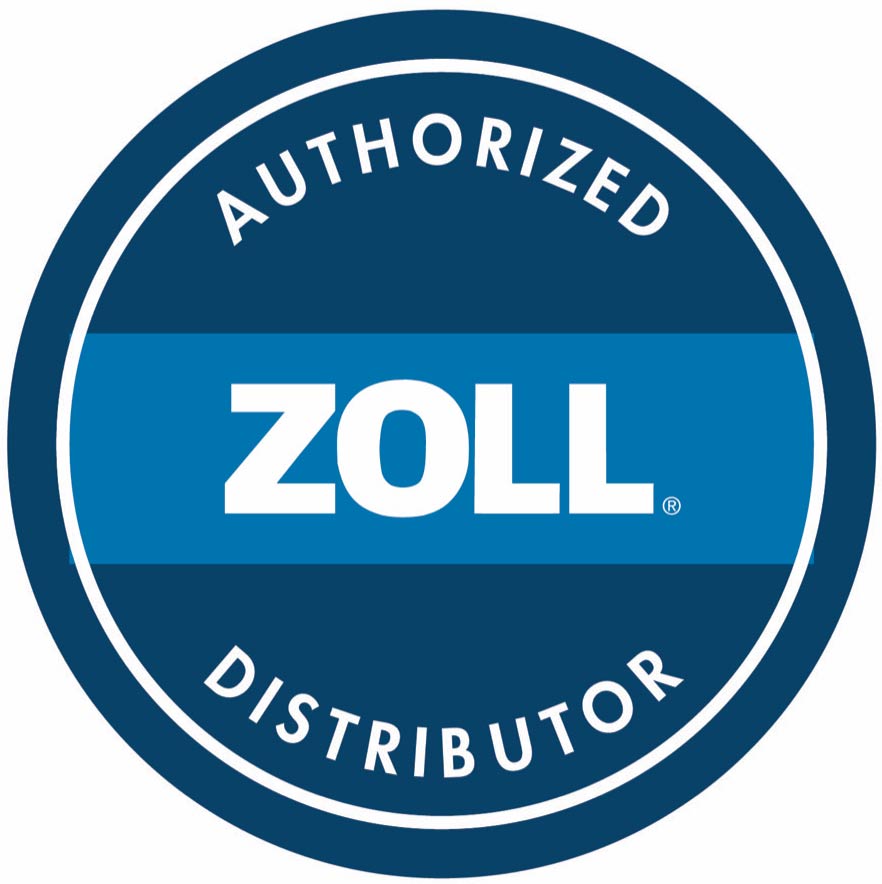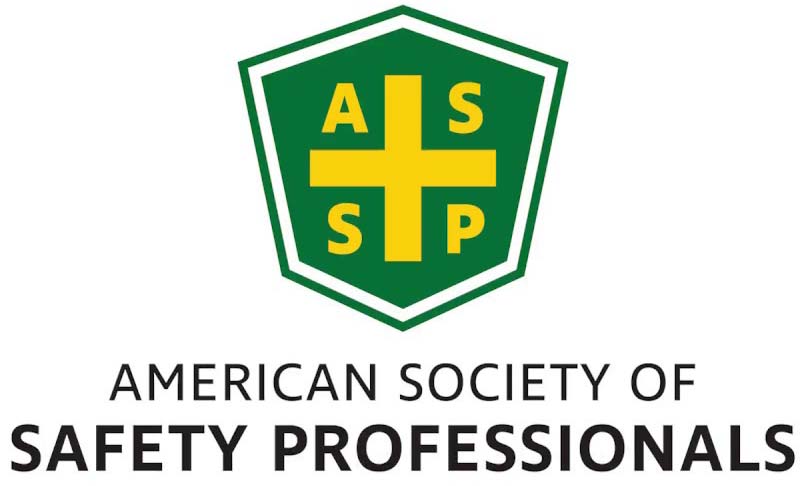Emergency situations can be extremely overwhelming: you may have just witnessed a traumatic event, your adrenaline is probably pumping, people may be crying or yelling, and sirens could be blaring. All of this can be very disorienting and many people find themselves struggling to process their thoughts or react as they typically do when faced with an emergency. That’s why it’s essential to have a thorough understanding of how to properly respond to an emergency situation before you find yourself in one.
Plan Ahead of Time
While emergency situations aren’t predictable, there are some preparations you can make in advance if an emergency were to occur… Posting important information such as emergency contact numbers, addresses, and relevant notes in easy-to-access spaces is a great first step.
In an office space, this may include the number of your building manager, any local non-emergency lines, poison control, city or county-relevant numbers, and the address of your office, as well as typed out directions to the office that an employee could read should they have to call 9-1-1.
At home, this information should include emergency contacts, your home address, any local non-emergency lines, poison control, city or county relevant numbers, doctors’ or pediatricians’ numbers, veterinarians’ numbers, and typed-out directions that a child or babysitter could read should they have to call 9-1-1.
In addition, make sure that those who inhabit the space understand where fire extinguishers and first aid kits are stored and how to get out of the building or house in case of a fire or other emergency. In an office setting, these devices should be clearly labeled.
Remain Calm
Whether the emergency is taking place in an office or your home, or if you’re a bystander to a public emergency, it is important to stay calm. While this may seem simple, it can be extremely challenging to remain level-headed during the stress of an emergency. Before reacting, make sure you take a few deep breaths and orient yourself to the situation. Take inventory of ‘who, what, when, where, why’: Who is impacted? What happened? When did the emergency start? Where are you? Why did it occur? By taking the time to try and allow your brain to comprehend what’s going on, you’ll be able to make better-informed decisions rather than jumping into an improper course of action.
Respond to the Emergency
The most important thing is to make sure that you’re responding efficiently and calmly. Instruct someone to call 9-1-1 if you are not able to, making sure that they have access to the document of the important information you have posted.
If possible, move yourself and the victim to a safe location. You should not administer any type of care in an environment that could further harm either of you. In most instances, moving the victim takes precedent over the risk for further injury. For example, if someone is afraid they broke their leg falling in a burning building, it is more important to get them out of the fire than trying to prevent them from displacing the fracture by keeping them still.
Once you are both in a safe location, you can begin administering care based on the victim’s needs. In most instances, 9-1-1 operators will provide you updates on when the ambulance will arrive. Continue to administer care based on the operator’s recommendations.
Communicating With First Responders
If you were one of the first people on the scene, you may need to provide additional information to first responders. The paramedics will need to know any other relevant health information known about the victim, and police officers may ask about background information regarding what caused the accident. It is important that you take the time to answer their questions as thoroughly as you can.
Set Yourself Up For Success in an Emergency: Get Proper Emergency Preparedness Training With Heart To Beat
Your response to a high-stress emergency should not be left up to chance. Make sure you’re arming yourself with all the skills necessary to successfully navigate an emergency by going through proper training. Since it’s impossible to predict an emergency, it is important that you seek out training as soon as possible. Our classes, taught by current and retired field practitioners, aim to teach both the hard and soft skills of emergency response, ensuring you understand all elements of proper emergency response. To browse all classes or to sign up for a class, click here.











